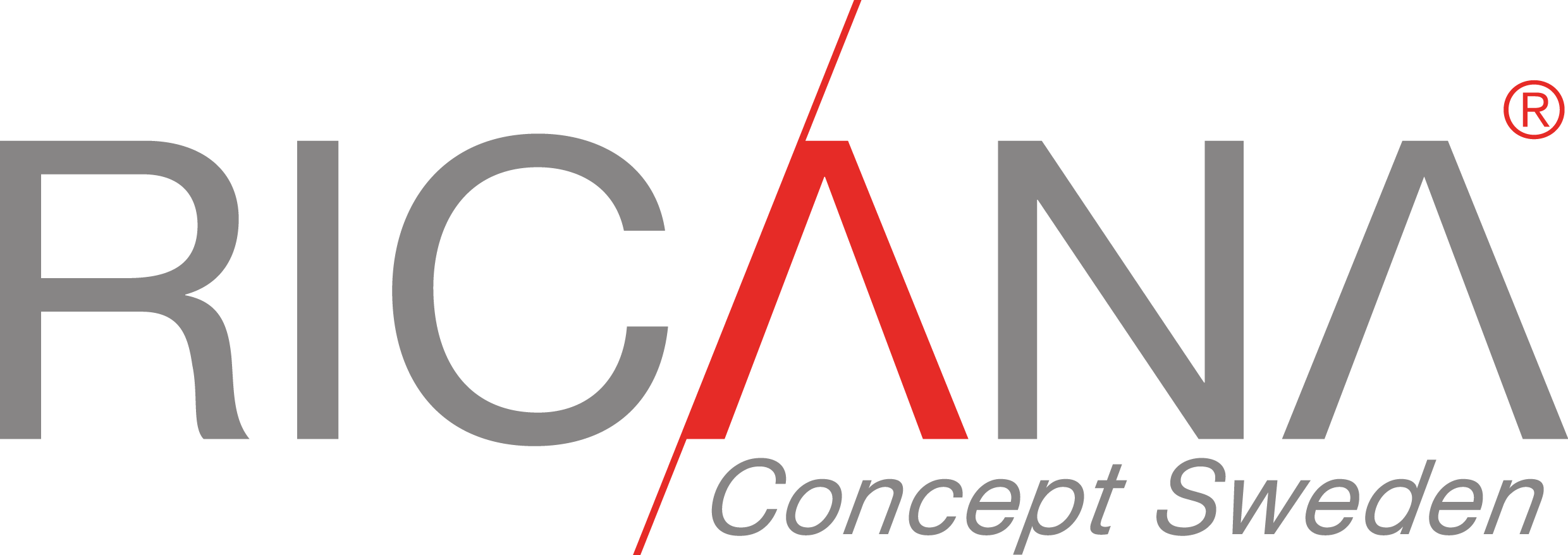L-FRAME & T-FRAME
To build up a section with either L-frame or T-frame, either interconnections or diagonal braces are used. You can always add to your current section, see illustration, so you don't need to place two uprights beside each other to continue building.
50X25 UPRIGHT OR 70X25 UPRIGHT?
70x25 is better when you are going to display heavier goods, it is also better to use if you are building high sections.
(We have lengths up to 2996 mm, moreover you can insert frame extenders to further extend the frame)
Remember not to mix uprights, you cannot extend a section with 50x25 uprights if you already have 70x25 uprights
LOW OR HIGH FOOT?
What is best is actually up to you to decide as the customer. For a high foot it is suitable to use base panels and an end panel. You can also use a base drawer to store goods beneath the frame. Front panels and end panels are also available for low feet, but are not required to such an extent.
INTERCONNECTION OR DIAGONAL BRACE
You can choose to use both, but it is recommended that you use the same kind for both top and bottom.
Interconnections are used when you are going to use a complete panel that is inserted flush with the frame. Read more below about back panels. You should not load the frame with heavy items if you use interconnections.
Diagonal braces are perfect when you are going to load the frame with heavy goods, car batteries for example. Diagonal braces are secured with four screws (supplied). NOTE. Remember to always display the the heaviest goods at the bottom
INTERCONNECTIONS - HOW DOES IT WORK?
See the illustration on the left for how to secure your interconnections.
The round holes in the middle of the fixing point are used if you choose to use diagonal braces.
BACKS FOR HIGH FOOT
The illustration on the left shows the number of backs that are inserted in the frames and which lengths are required for the respective height. Remember to always start from the bottom and insert the backs before you secure bottom shelves and other shelves.
SMOOTH OR PERFORATED BACK PLATES?
Smooth plates are usually used when you have a lot of shelves and do not need to use hangers to display small items. The backs also help to stabilise the frames and moreover you obtain a more attractive overall impression if you use backs instead of leaving it empty.
Perforated backs are used to be able to display a large number of smaller items that you suspend by means of hangers. The perforated backs are also made of a thicker material than the smooth ones, which give you even more stable frames.
BACKS FOR LOW FOOT
The illustration on the left shows the number of backs that are inserted in the frames and which lengths are required for the respective height. Remember to always start from the bottom and insert the backs before you secure bottom shelves and other shelves.
SMOOTH OR PERFORATED BACK PLATES?
Smooth plates are usually used when you have a lot of shelves and do not need to use hangers to display small items. The backs also help to stabilise the frames and moreover you obtain a more attractive overall impression if you use backs instead of leaving it empty.
Perforated backs are used to be able to display a large number of smaller items that you suspend by means of hangers. The perforated backs are also made of a thicker material than the smooth ones, which give you even more stable frames.
BUILDING AN INSIDE CORNER
Please see the illustration on the right for more detail on how the inside corner is structured, bear in mind that the inside corner uses the same elevation as ordinary straight sections.
See above for a more detailed description of the backs' heights.
BUILDING AN OUTSIDE CORNER
Please see the illustration on the right for more detail on how the outside corner is structured, bear in mind that the outside corner uses the same elevation as ordinary straight sections.
See above for a more detailed description of the backs' heights.
INSERT STRIP & BACK PLATE
Using a back plate requires an insert strip and that you use interconnections to put together the frame.
See illustrations on the right for how it is used.
BASE PLATES & BOTTOM SHELF HIGH FOOT
Securing a bottom shelf requires four bottom brackets, different depths require different combinations of bottom brackets.
For bottom shelf 500
4 x art no. 549750
For bottom shelf 600
2 x art no. 549750
2 x art no. 549760
See illustration on the right for how to assemble plinths and base panels plus bottom shelf.
PLINTHS & BOTTOM SHELF LOW FOOT
Securing a bottom shelf requires four bottom brackets, different depths require different combinations of bottom brackets.
For bottom shelf 500
4 x art no. 549750
For bottom shelf 600
2 x art no. 549750
2 x art no. 549760
See illustration on the right for how to assemble plinths and base panels plus bottom shelf.
TOP PLATFORM
See illustration on the right for how you assemble the top platform.
END PANELS
See illustration on the right for how the end panel is suspended on the frame.
At the top of the end panel is an attachment which is inserted in the upper side of the frame's leg. There is a hook in the bottom part of the end panel that is inserted in the hole where interconnections are normally inserted.
HILLERSTORP AND STOCKHOLM BASKETS
The basic principle in these two different baskets is the same. There are more accessories for the Hillerstorp basket, see illustration on the right for what is what. Below is a specification of which is which. The Stockholm basket can also be placed on a pallet.



